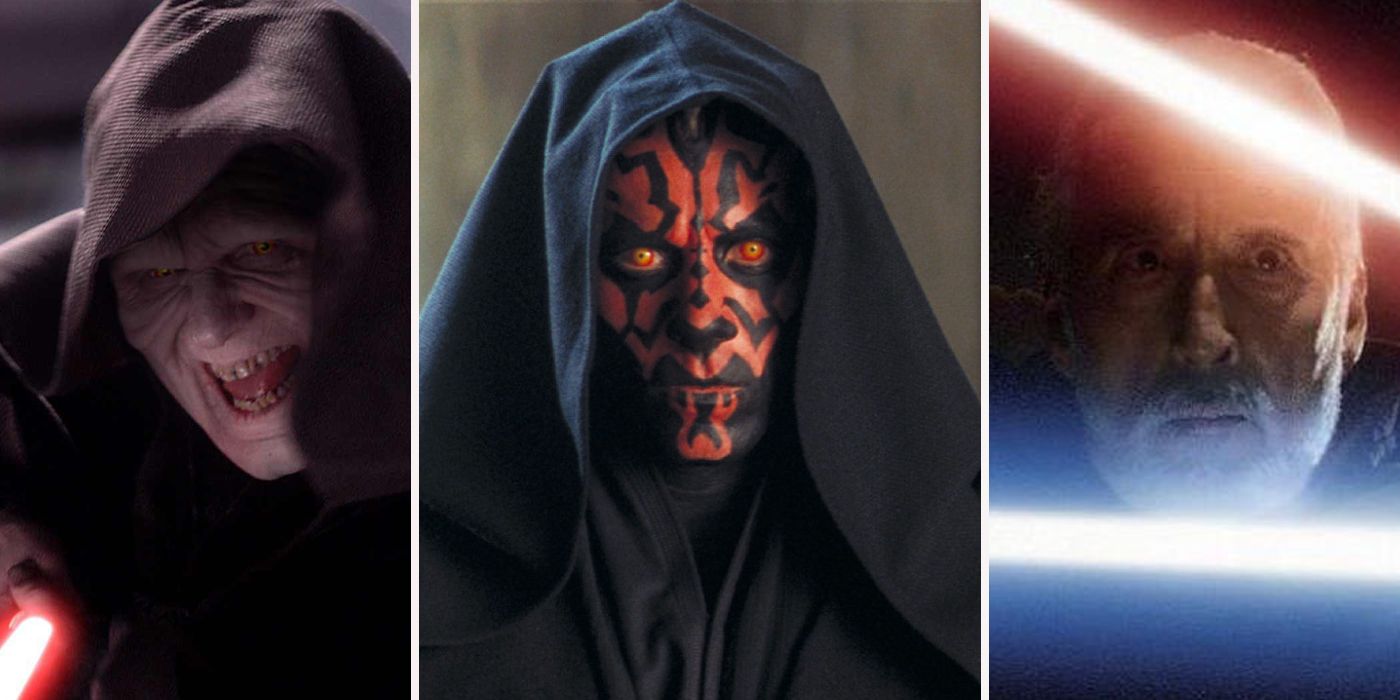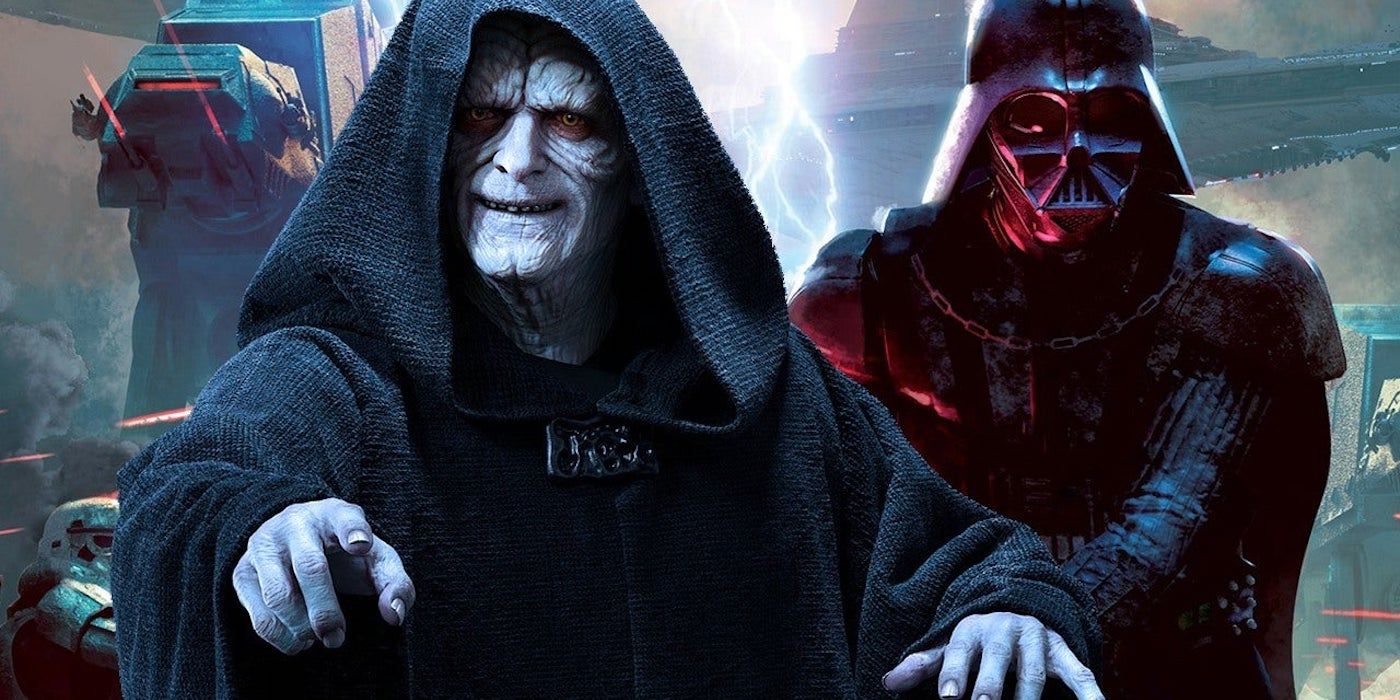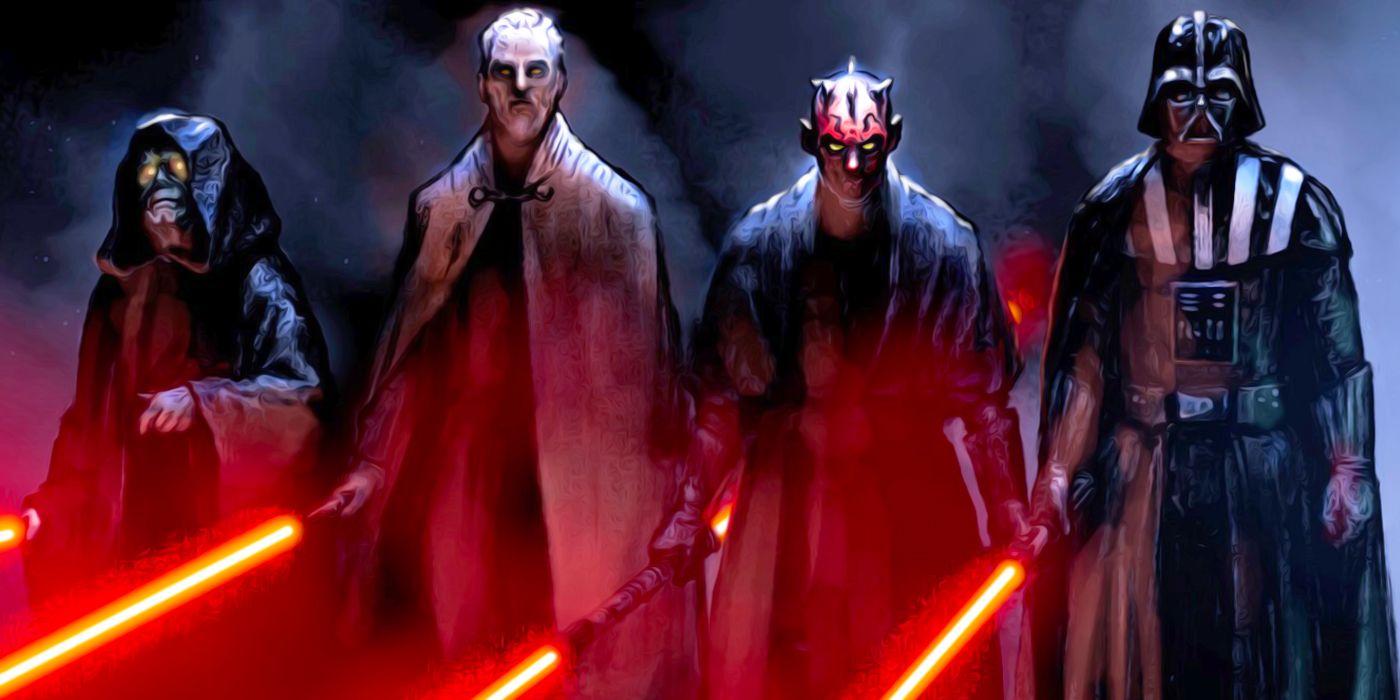The "Rule of Two" is an ancient Sith directive first mentioned by Yoda in Star Wars: The Phantom Menace. "Always two there are; no more, no less," he explained. "A master and an apprentice." In contrast to the myriad Jedi, the Sith operate in secret due to their scarce numbers. The directive prioritizes a limited number of active Sith at one time, ensuring the Sith Order's ultimate survival and allowing them to slowly gain influence. However, this rule ultimately limited the storytelling capabilities of the Star Wars universe.
The Rule of Two was created by the legendary Sith Lord Darth Bane a thousand years ago. Sith infighting and bickering had upended the order. After the Jedi nearly extinguished their ranks, Bane decreed that only two Sith could be active at one time: a master and an apprentice. The master would embody the power of the Dark Side of the Force and pass their knowledge to an apprentice. The apprentice would crave their master's power and attempt to slay them in order to gain their title. Soon after, they would take on their own apprentice, thus, repeating the cycle.
For the most part, the movies in the Skywalker Saga have followed this rule to the letter. Each trilogy has a master Sith Lord manipulating events in the background while an apprentice directly confronts the heroes of the story. The Rule of Two was basically an in-universe explanation for the dynamic established by Emperor Palpatine and Darth Vader in the original trilogy. Nonetheless, the continued use of this format has diminished the universe by relating every Sith to Palpatine in one way or another.
For example, while Palpatine was still under the tutelage of his master Darth Plagueis, he kidnapped Darth Maul from Mother Talzin to be his apprentice. When Maul seemingly died on Naboo, Palpatine made the former Jedi Count Dooku his new apprentice. Dooku violated the Rule of Two himself and took on several apprentices throughout the Clone Wars.
His first apprentice was Asajj Ventress, an assassin. While Ventress wasn't considered a true Sith as she lacked an official title, she yearned to be one and was trained by Dooku. After betraying Ventress, Dooku took Savage Oppress as his pupil before he joined Darth Maul's side and was killed by Darth Sidious. Dooku even temporarily took Quinlan Vos as his apprentice in the novel Dark Disciple. And, of course, Anakin Skywalker would later join Palpatine's side in Revenge of the Sith when he became Darth Vader.
So, in one way or another, all of these characters are at least tangentially related to Emperor Palpatine, and in a universe as seemingly expansive as Star Wars, this minimizes the conflict. It's rare to see a Force-wielding villain who operates outside of Palpatine and his bubble. When Supreme Leader Snoke first appeared in the sequel trilogy he seemed to be an independent figure that wasn't related to the Sith Lord at all. However, by the release of The Rise of Skywalker, Snoke was revealed to literally be a product manufactured by Palpatine himself in a lab. Also, Palpatine was revealed to be the voice manipulating Kylo Ren since his childhood, so the Emperor was responsible for Ren's fall to the Dark Side as well.
While it arguably helped the Sith finally get their revenge on the Jedi, the Rule of Two didn't stop the infighting. Instead of a large number of Sith Lords competing against each other for control over the galaxy, the infighting just became more centralized. The Dark Side of the Force is an aberration of the natural Force, it's a corruptive influence that fuels negative emotions like anger, greed and envy. In the Legends continuity, there was a Sith Brotherhood that tried to squash this infighting by bequeathing the title of Sith Lord equally to high-ranking members of the group. However, the Brotherhood of Darkness was a twisted parody of the Jedi Order; everything the group stood for was antithetical to what it actually meant to be a Sith, which includes a penchant for betrayal and a lust for power.
With the Sith seemingly defeated in The Rise of Skywalker, any future Star Wars installment can't have villains connected to the old Rule of Two. The obvious solution would be to have villains that are either Dark Side-adepts or dark Jedi who have left the Jedi Order. These villains wouldn't be connected to Palpatine and his old regime, but whether or not they could pose as big a threat is another question entirely.
The Star Wars franchise is often too reliant on nostalgia and tried-and-true formulas. With the release of The Mandalorian, the series is experimenting with unique creative ideas and storytelling techniques. The long-lasting conflict revolving around the Jedi and the Sith can be given new life if interpreted in a different way.



